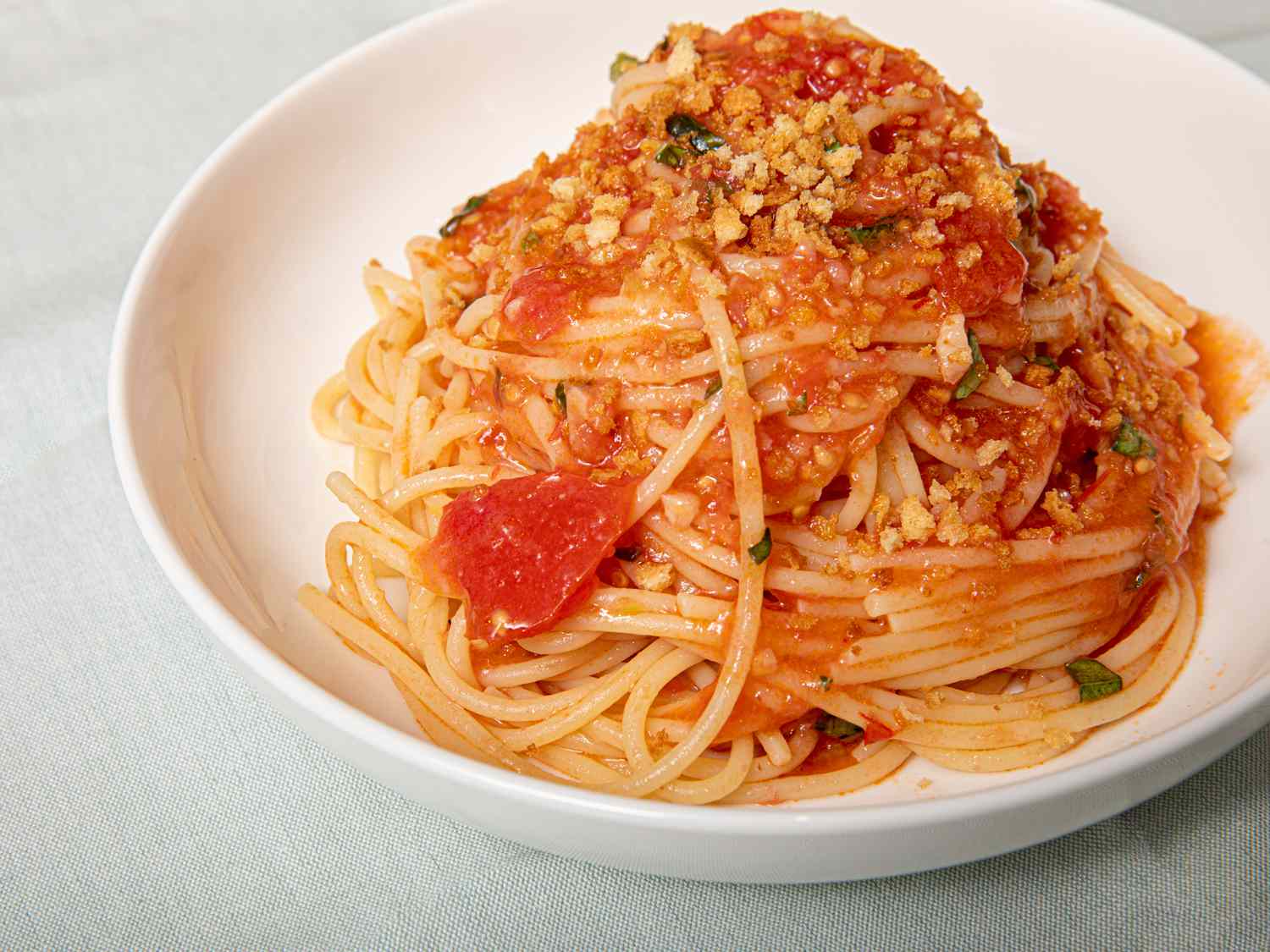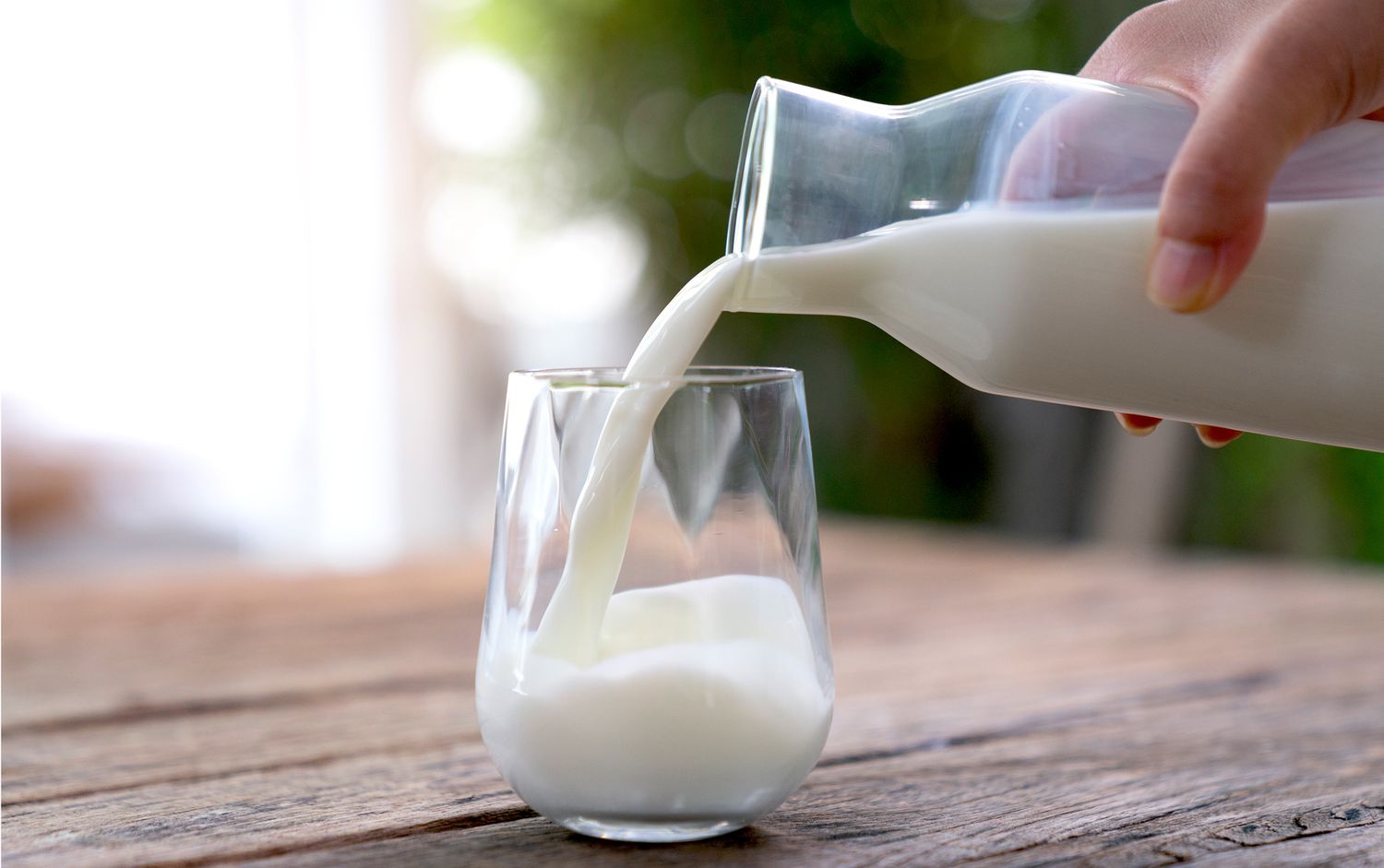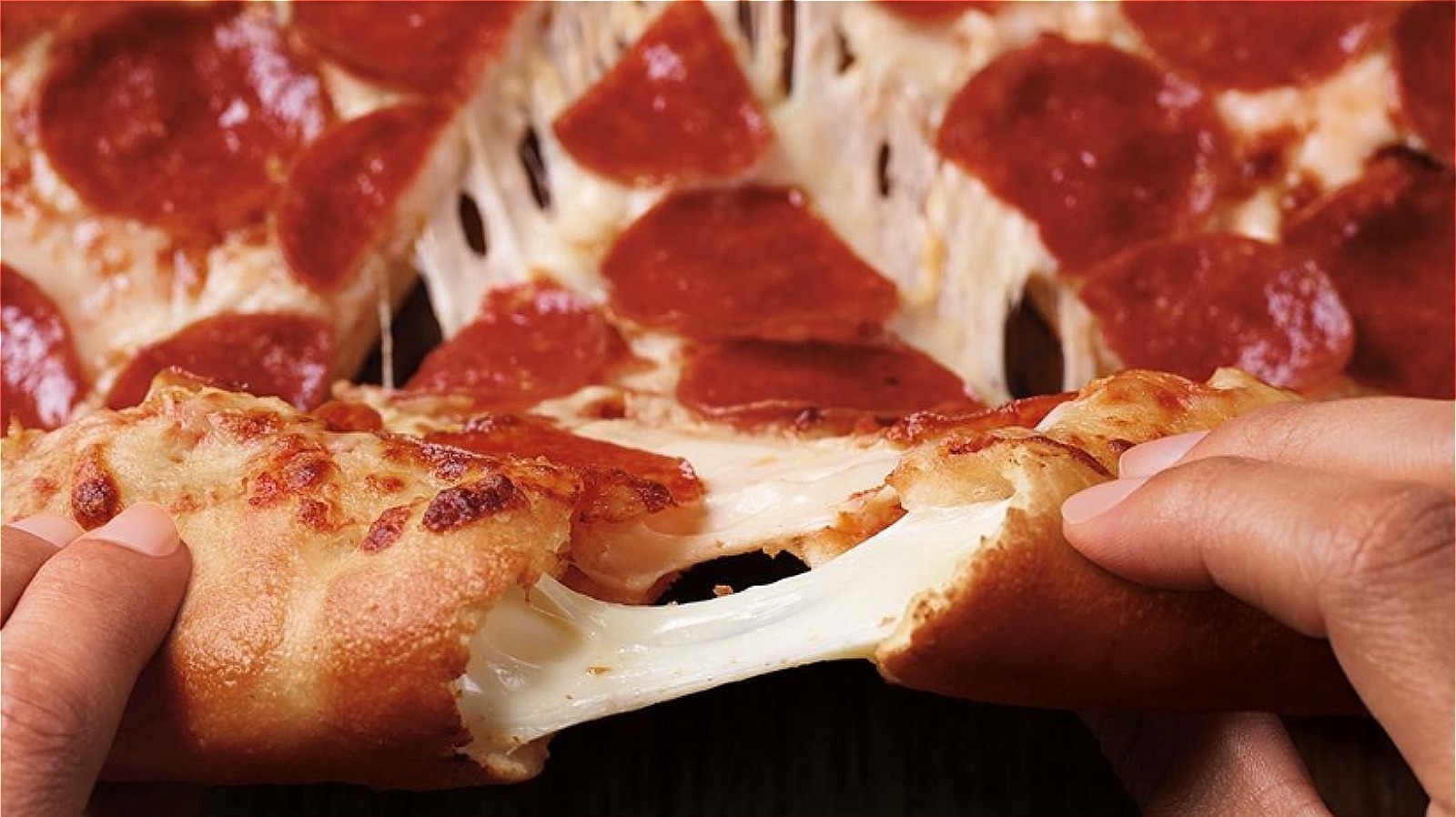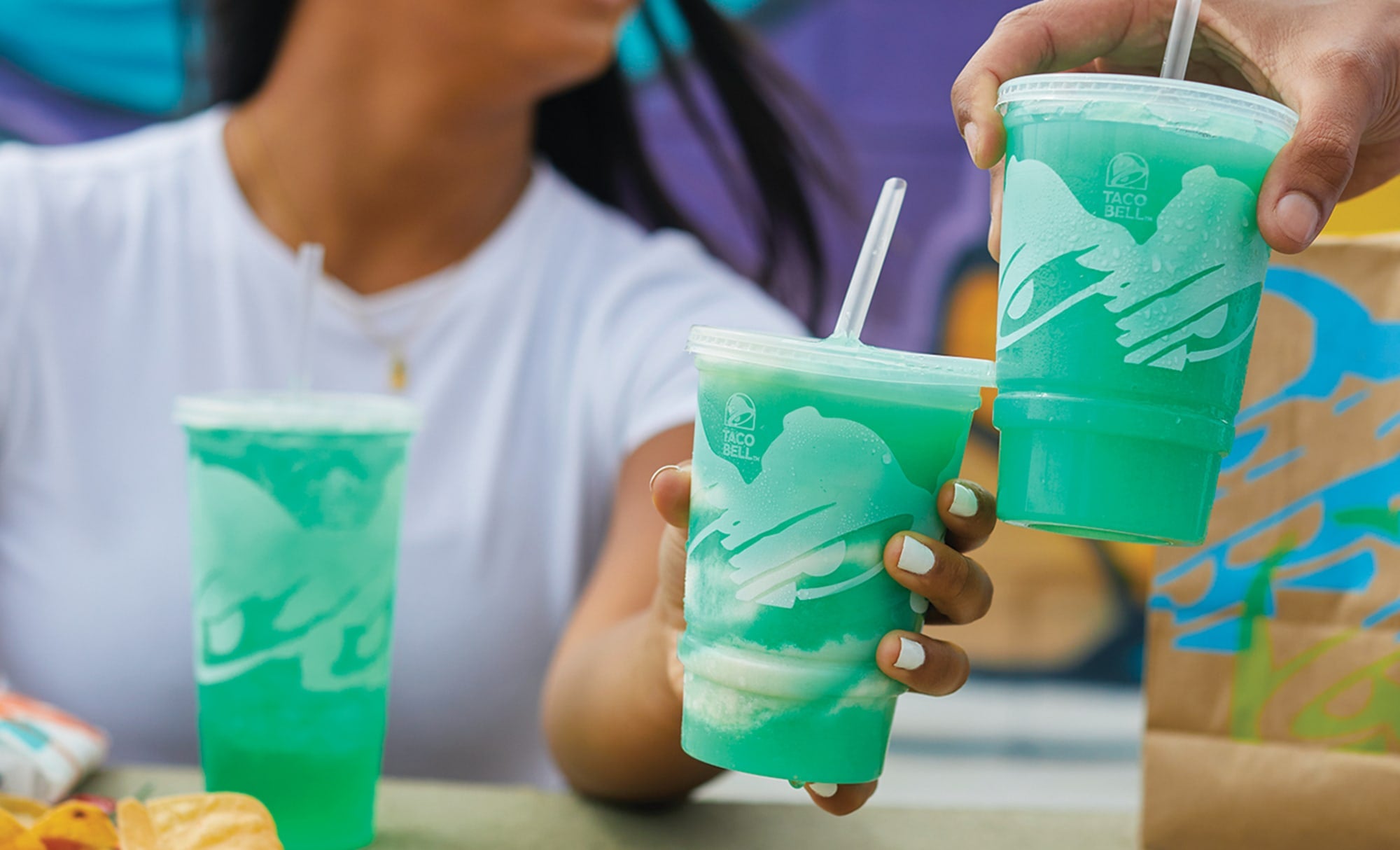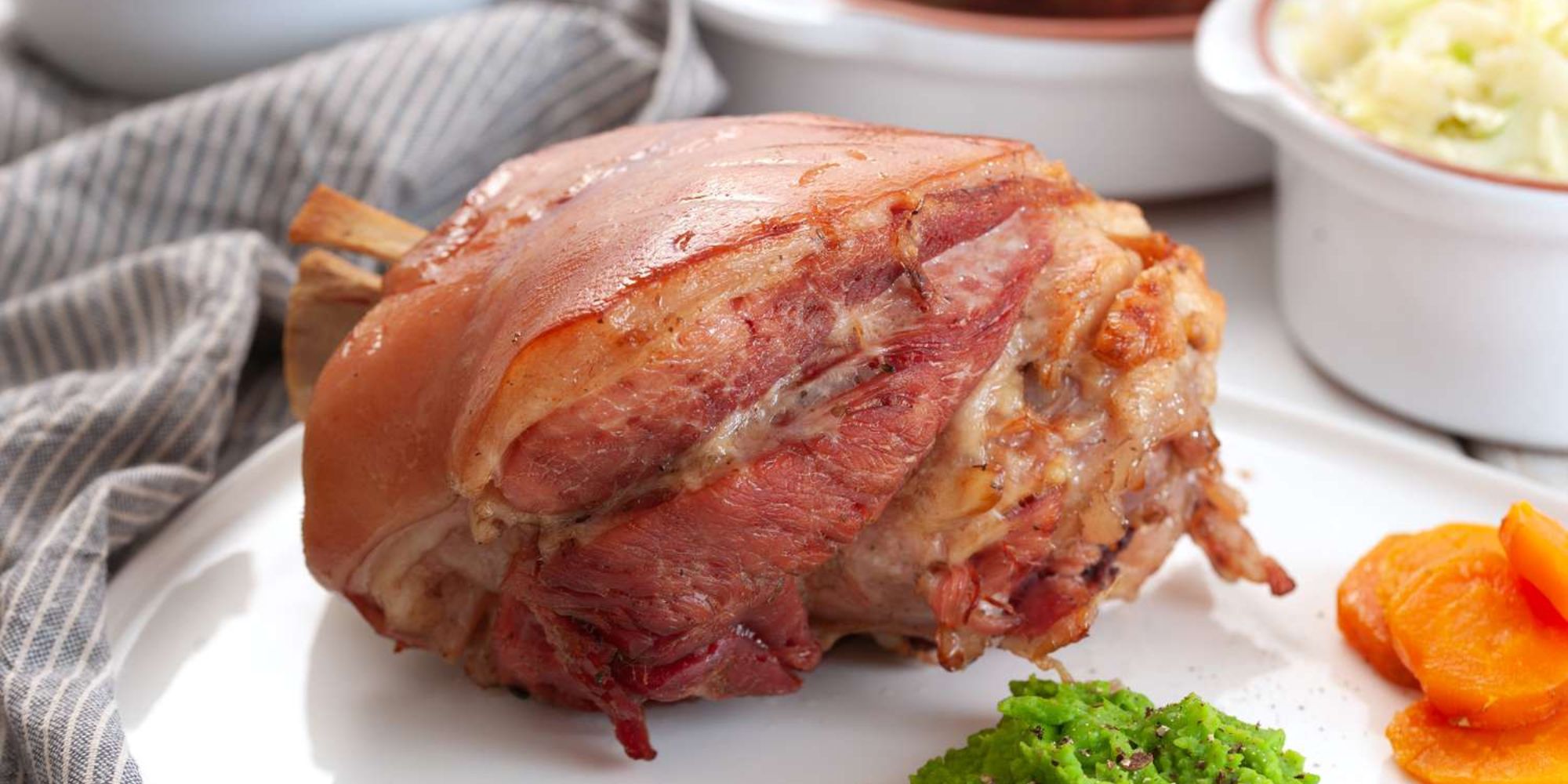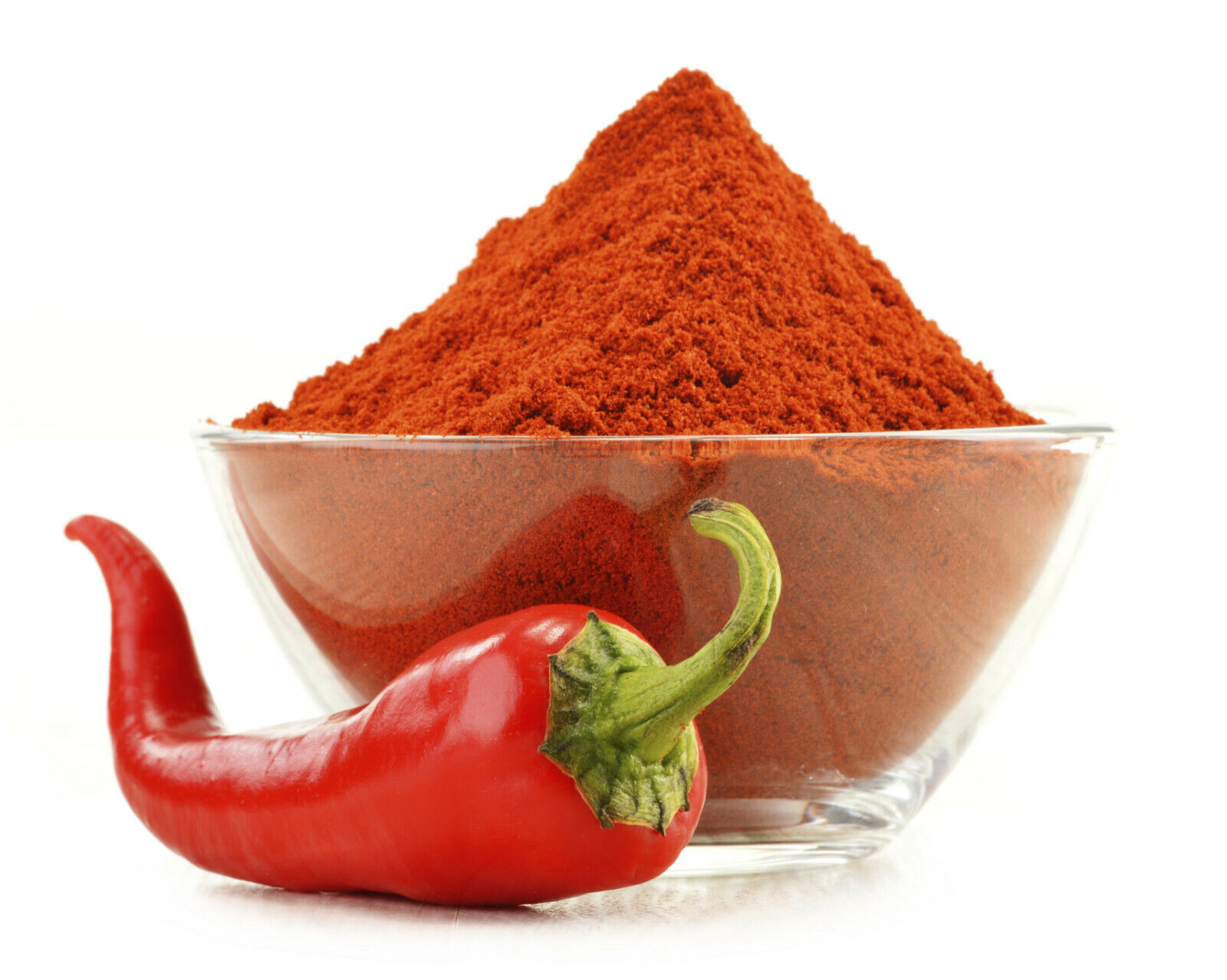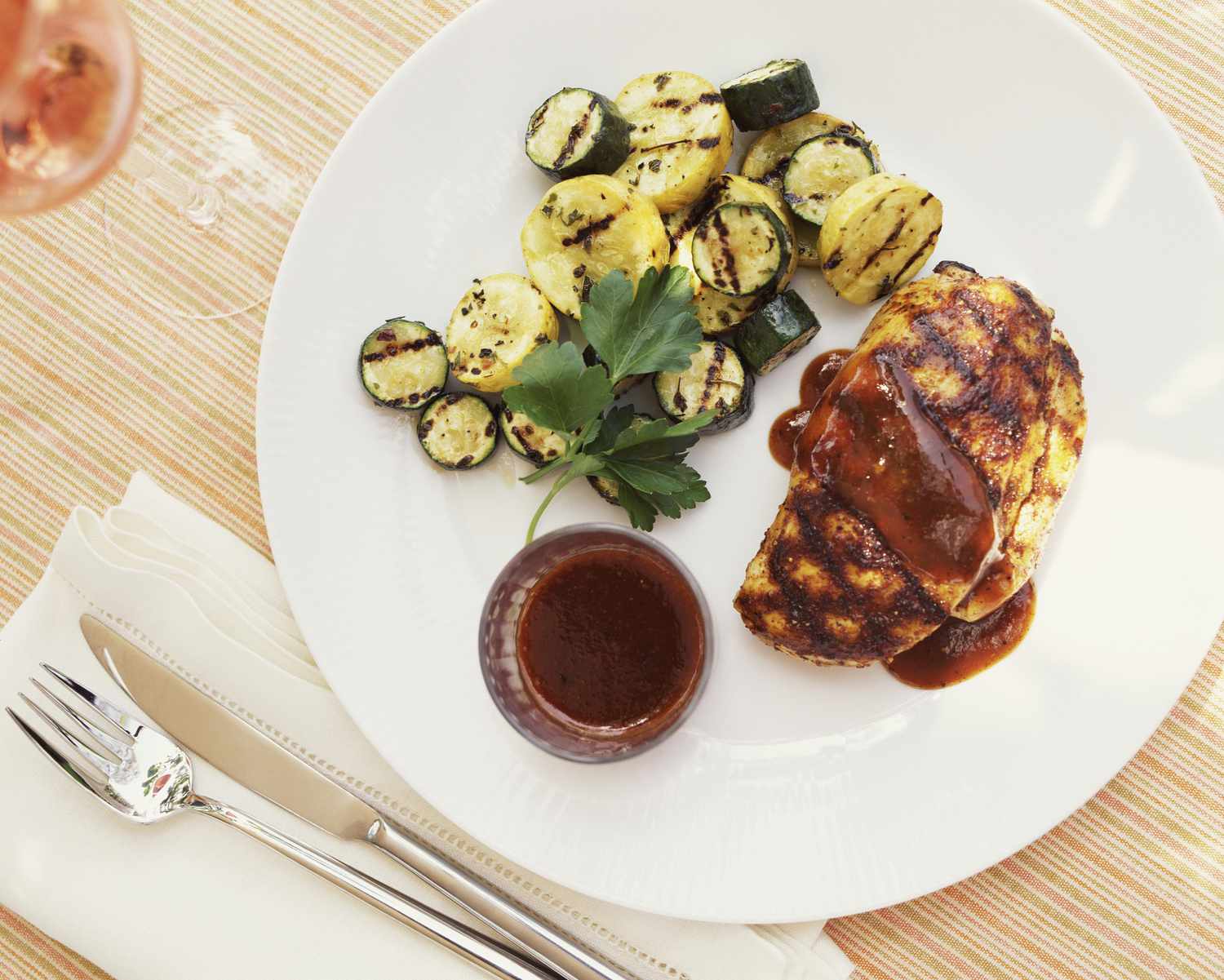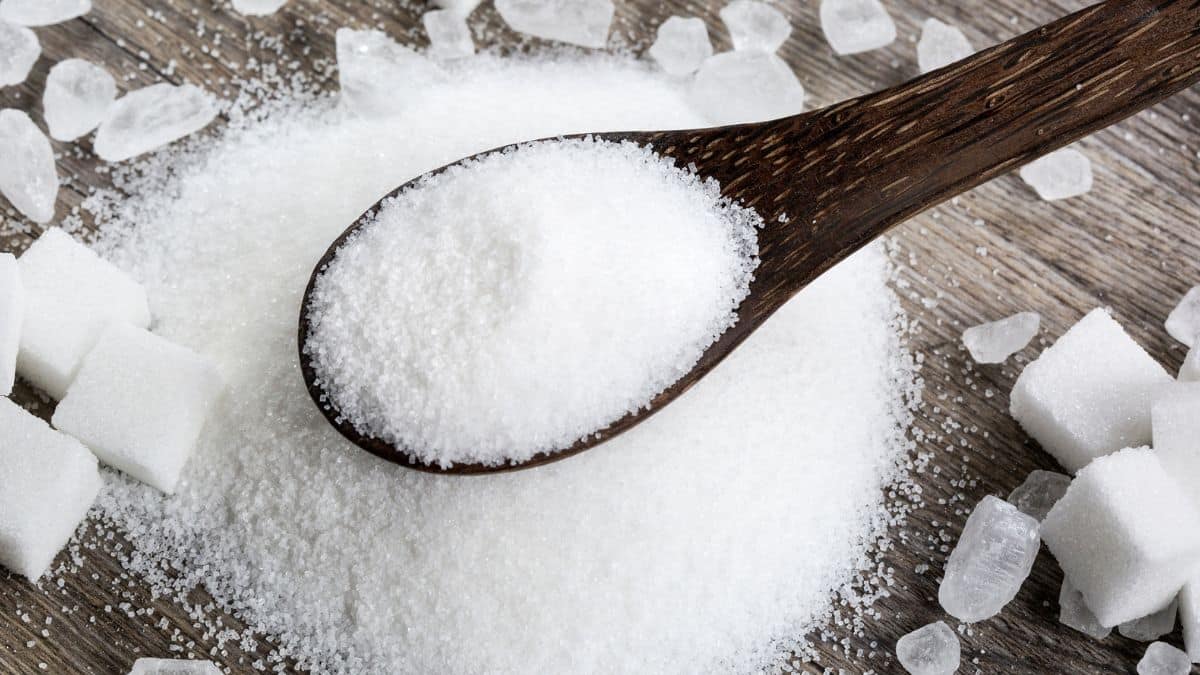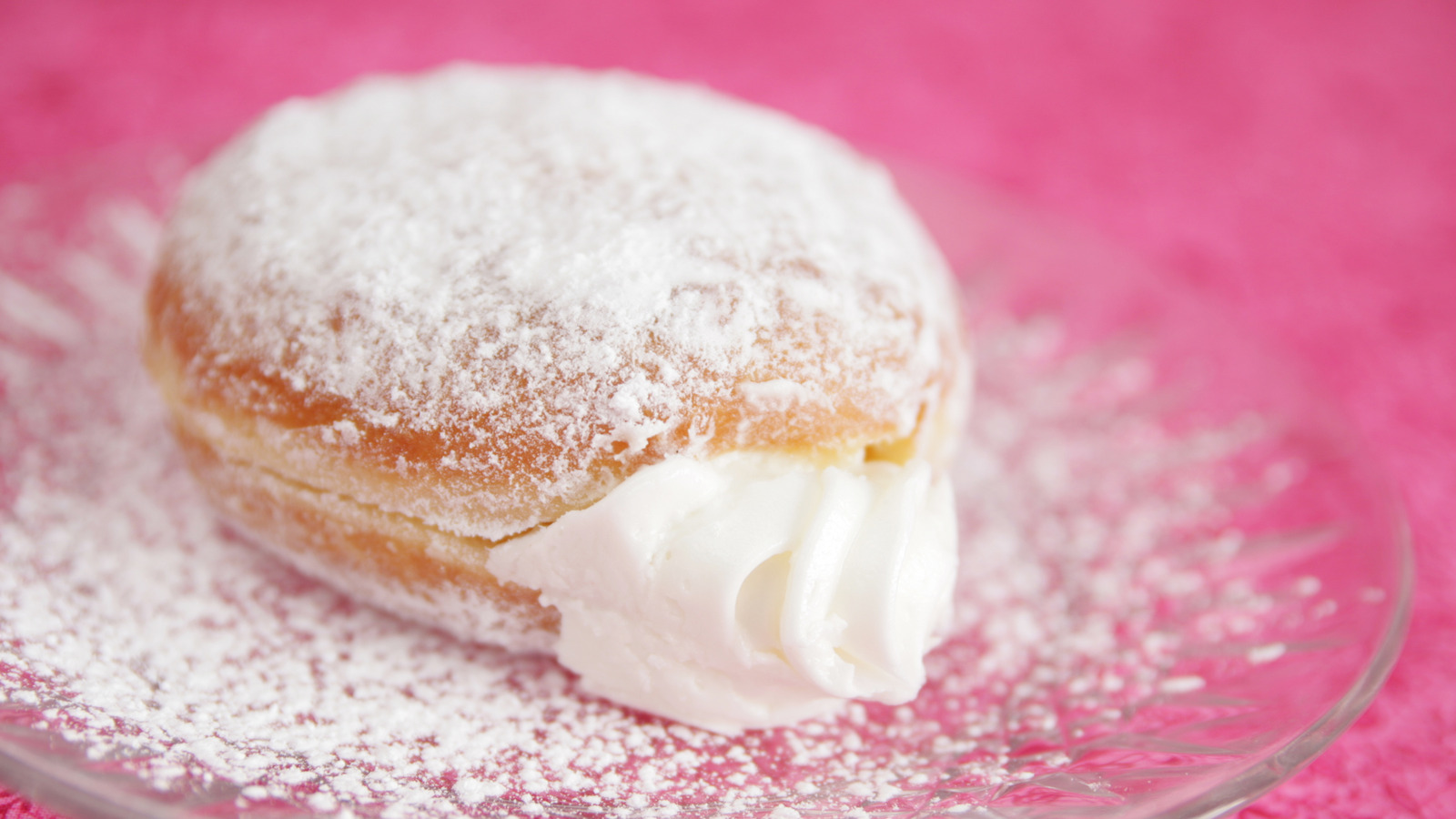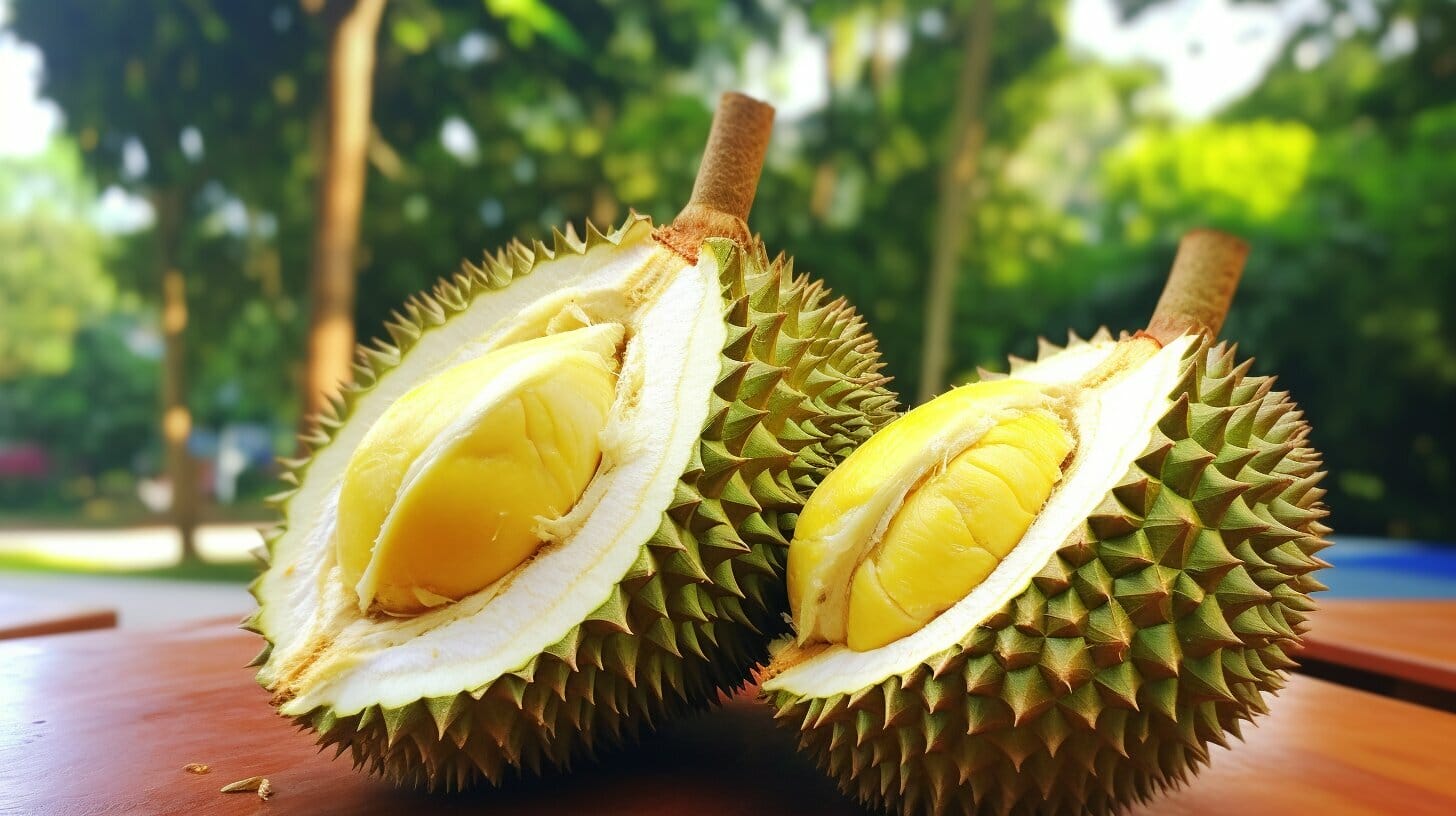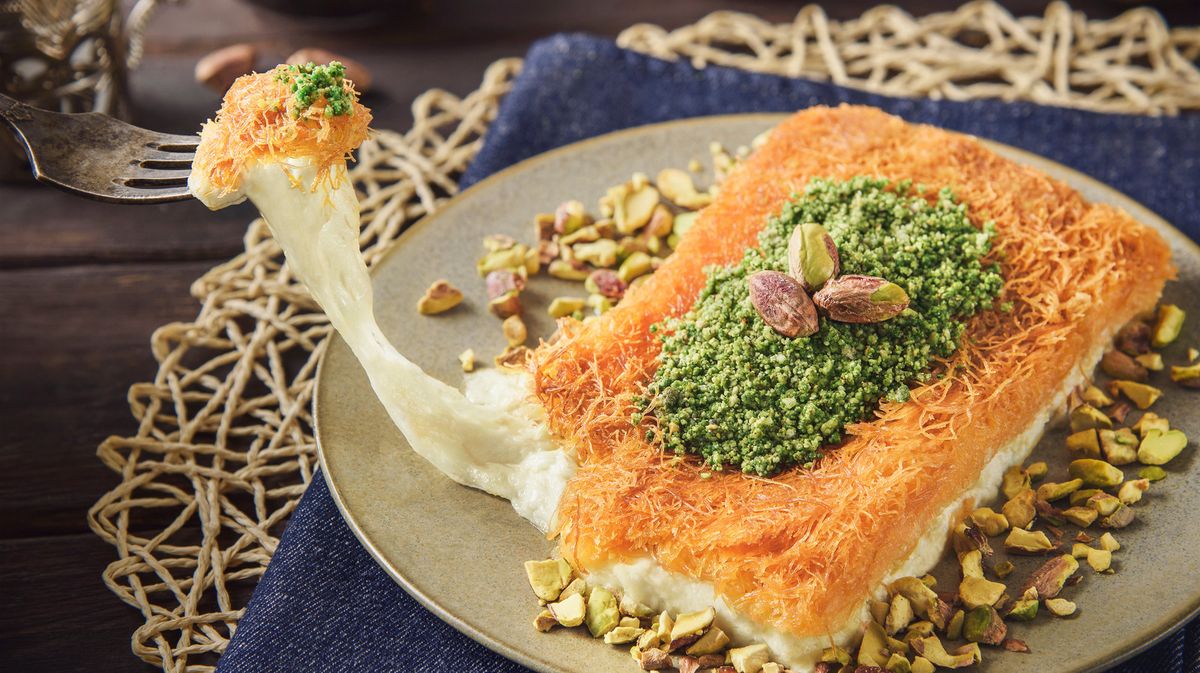Understanding Foam While Boiling
When you’re cooking on the stove, you may have noticed a frothy layer that forms on the surface of the liquid as it comes to a boil. This frothy layer is known as foam, and it’s a common occurrence when boiling certain foods and liquids. But what exactly is foam, and why does it form while boiling?
What Causes Foam While Boiling?
Foam forms when proteins and other organic compounds in the food or liquid are agitated and incorporate air into their structure. When the liquid reaches its boiling point, the agitation and release of gases cause these compounds to form bubbles on the surface, creating the foam we see.
Common Foods That Produce Foam
Several foods are known for producing foam when boiled, including:
- Legumes such as beans and lentils
- Grains like rice and quinoa
- Dairy products such as milk and cream
- Starchy vegetables like potatoes
These foods contain a high amount of proteins and organic compounds that are prone to forming foam when heated.
Managing Foam While Boiling
While foam is generally harmless, it can sometimes be undesirable, especially when it comes to boiling certain foods. Here are a few tips for managing foam while boiling:
- Adding a small amount of oil to the boiling water can help reduce foam formation.
- Stirring the liquid gently can help break up the foam and prevent it from overflowing the pot.
- Using a larger pot can provide more surface area, allowing the foam to dissipate more easily.
Benefits of Foam
While foam can be seen as an inconvenience at times, it also serves a purpose in certain cooking processes. For example, in the production of beer and bread, foam plays a crucial role in the fermentation and rising of the final product.
Conclusion
So, the next time you see foam forming while boiling your favorite foods, you’ll know that it’s simply a natural occurrence caused by the interaction of proteins and organic compounds with heat and agitation. Understanding the science behind foam can help you better manage it in the kitchen and appreciate its role in various cooking processes.
Happy cooking!
Was this page helpful?
Read Next: What Is The First Slice Of Bread Called
